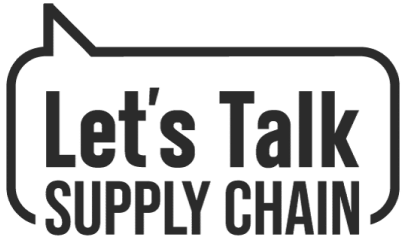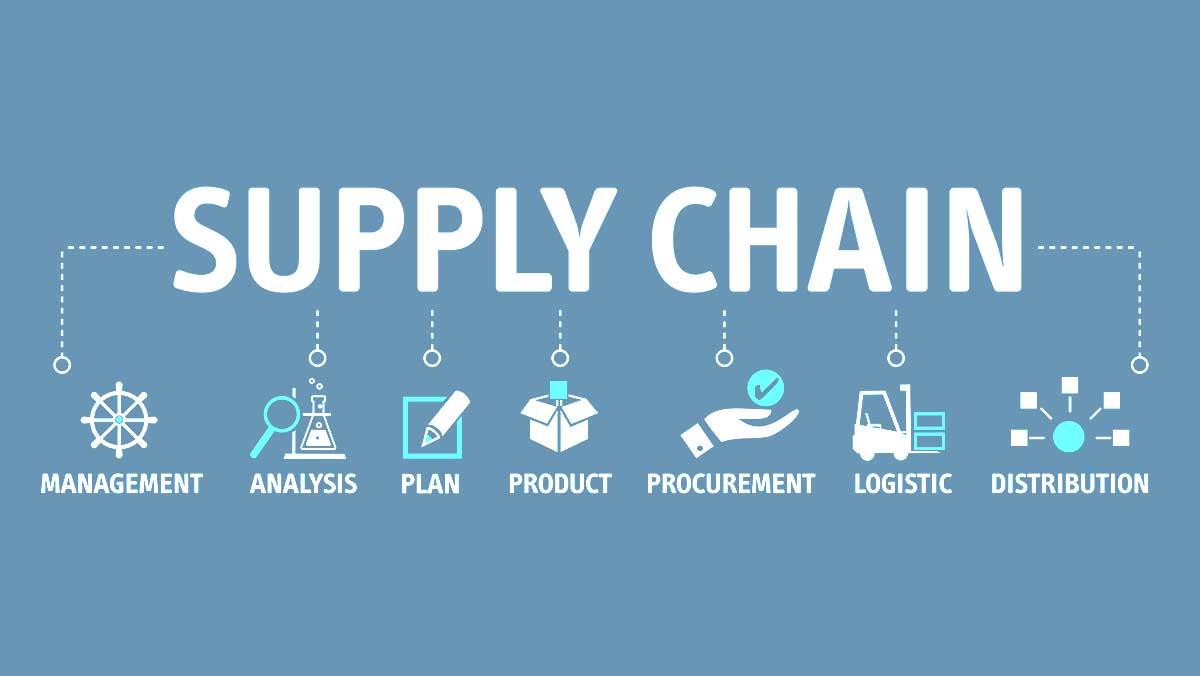In the fast-paced world of aviation, delays are often unavoidable but always impactful.The highly anticipated entry-into-service (EIS) of the Airbus A350F,originally slated for 2025,now faces unexpected hurdles. According to a report by ch-aviation, supply chain issues have thrown a spanner in the works, pushing the EIS of the A350F to 2027. Let’s delve into the intricacies of these disruptions adn explore the implications for both Airbus and the aviation industry at large.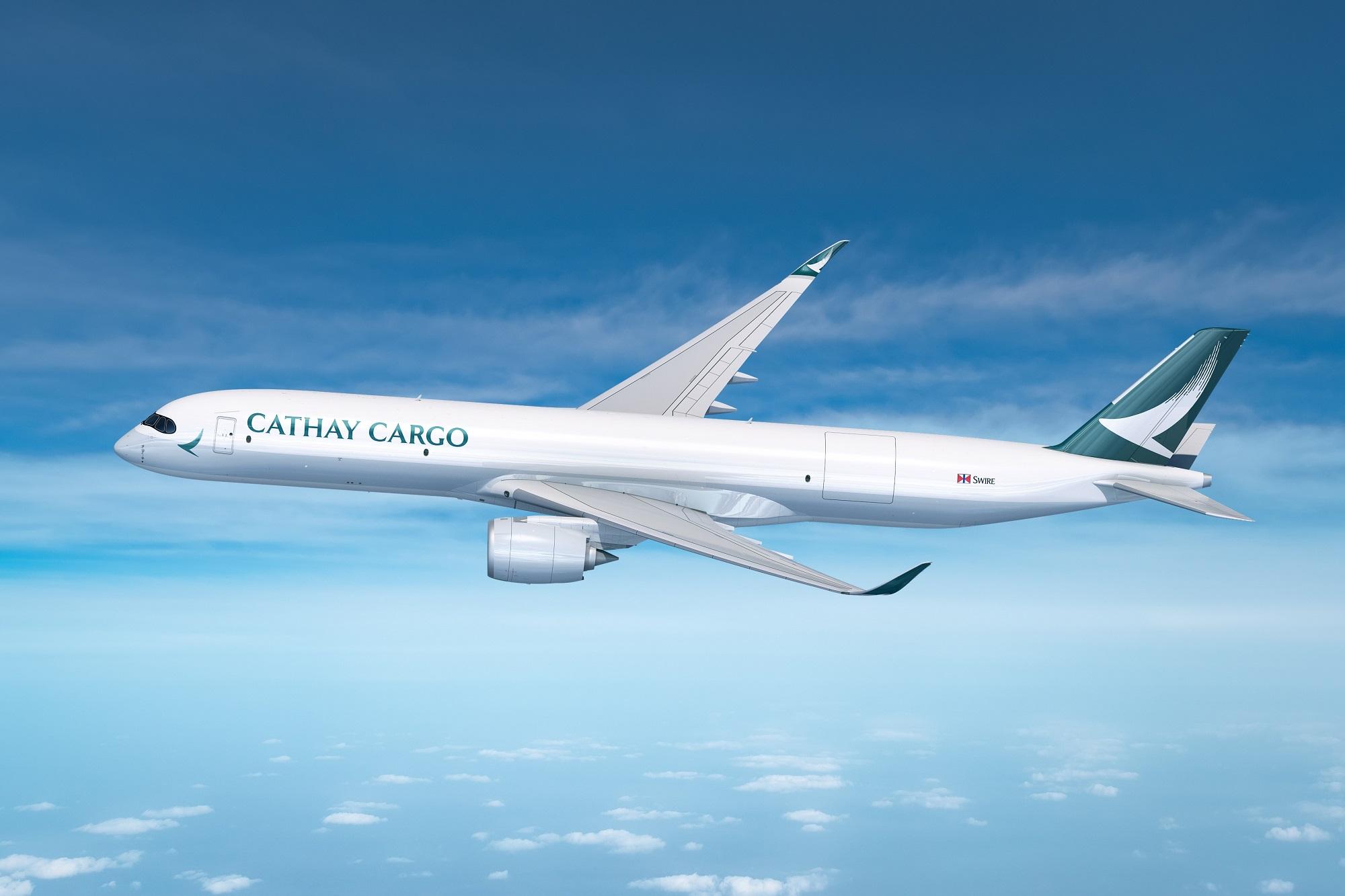
Overview of supply Chain Challenges Affecting A350F EIS
the delayed Entry-Into-Service (EIS) date for the A350F is now set for 2027 due to various supply chain challenges affecting the aircraft program.These issues have lead to setbacks in the production timeline, impacting Airbus and its stakeholders.
Key challenges that have contributed to the delay include:
- Global Component Shortages: Delays in the procurement of key components have disrupted manufacturing schedules.
- Logistics Disruptions: Supply chain disruptions, such as port congestions and transportation constraints, have hindered the smooth flow of parts and materials.
- Quality Control Concerns: Ensuring the quality and compliance of components from suppliers has posed additional challenges for Airbus.
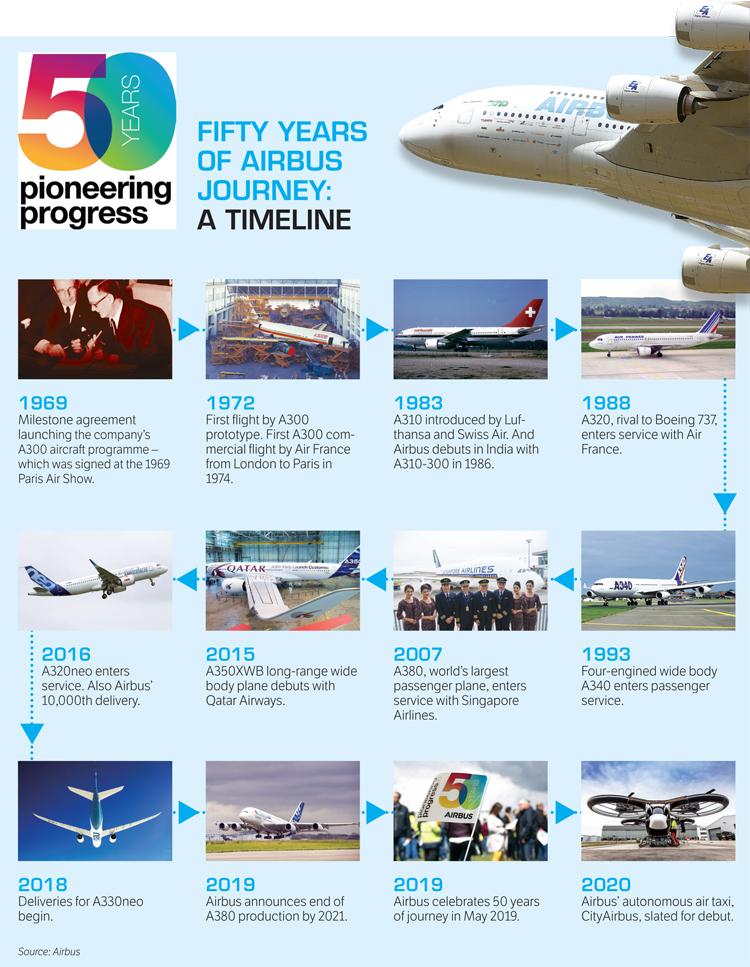
Impact on Airbus Timeline and Stakeholders
Supply chain issues have reportedly caused a delay in the entry-into-service (EIS) of the A350F freighter aircraft to 2027. This setback impacts Airbus’s timeline and stakeholders, raising concerns within the aviation industry.
According to sources,the delay is attributed to challenges in the procurement of key components for the A350F production,resulting in a ripple effect on the overall manufacturing process. Stakeholders, including airlines awaiting the delivery of the A350F, will need to reassess their fleet planning strategies due to the revised timeline.Meeting customer demands and maintaining market competitiveness are key priorities for Airbus amidst this advancement.
Analysis of root Causes behind Delay
Upon closer examination, the analysis of root causes behind the delay in the A350F EIS to 2027 reveals several key factors contributing to the supply chain issues. These factors have considerably impacted the timeline for the aircraft’s entry into service:
- Component Shortages: A shortage of crucial components has slowed down the manufacturing process, leading to bottlenecks and delays in production.
- Logistical challenges: Complications in transportation and logistics have hindered the smooth flow of parts and materials, further exacerbating the delay.
Additionally, fluctuating demand, quality control issues, and unexpected disruptions have all played a role in disrupting the supply chain and causing setbacks in the delivery schedule. To address these challenges effectively, a comprehensive review and restructuring of the supply chain processes might potentially be required to ensure a more streamlined and efficient production flow in the future.
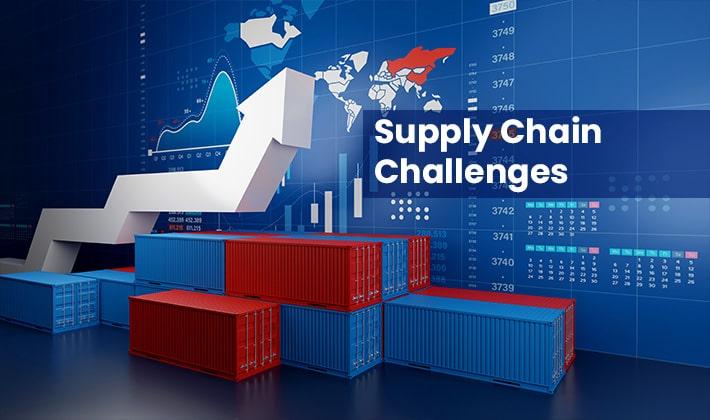
Recommendations for Mitigating Supply Chain Issues
Supply chain issues are causing delays in the entry-into-service (EIS) of the A350F aircraft, now expected in 2027 according to a recent report by ch-aviation. To mitigate these disruptions and ensure a smoother production flow, it is crucial for airbus to implement strategic measures and protocols. Below are some key recommendations:
- Enhance Supplier Relationships: Strengthen communication and collaboration with suppliers to address bottlenecks promptly.
- Diversify Sourcing: Explore alternative suppliers to reduce dependency on a single source and mitigate risks.
- Supply Chain Clarity: Implement systems for real-time visibility into the supply chain to identify potential issues early on.
Moreover, investing in advanced technologies such as automation and data analytics can streamline processes and enhance efficiency. By optimizing inventory management and adopting agile production methods, Airbus can better navigate the complexities of global supply chains and overcome challenges that may arise in the future.
By prioritizing resilience and adaptability within their supply chain strategies, Airbus can proactively address disruptions and position themselves for lasting growth in the aviation industry.
Wrapping Up
As we navigate the complex world of aviation, the delays in the A350F EIS serve as a reminder of the intricate web of supply chain challenges that can impact the industry.Even though the road to 2027 might potentially be longer than expected, the aviation community remains resilient in the face of adversity. Let us stay grounded yet hopeful as we await the unveiling of the A350F and the promise it holds for the future of air travel. The sky’s the limit, even if we have to wait a little longer to reach it.
